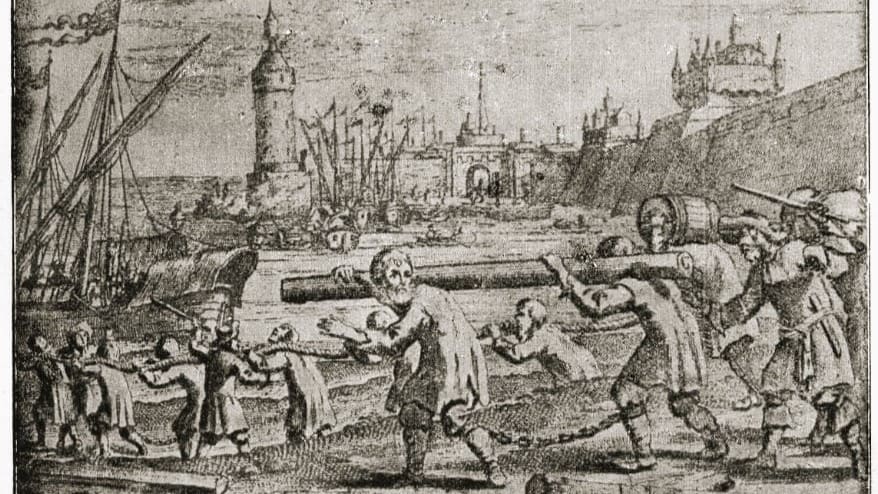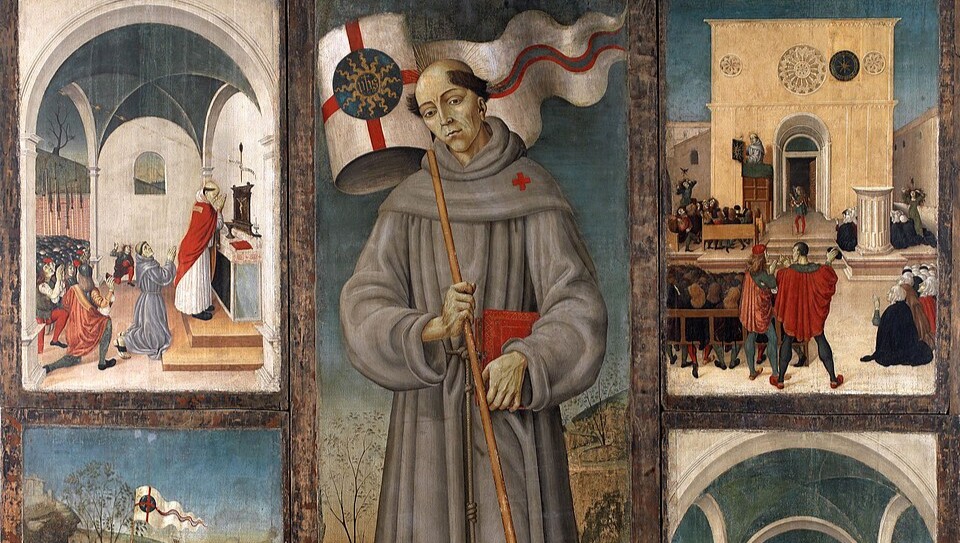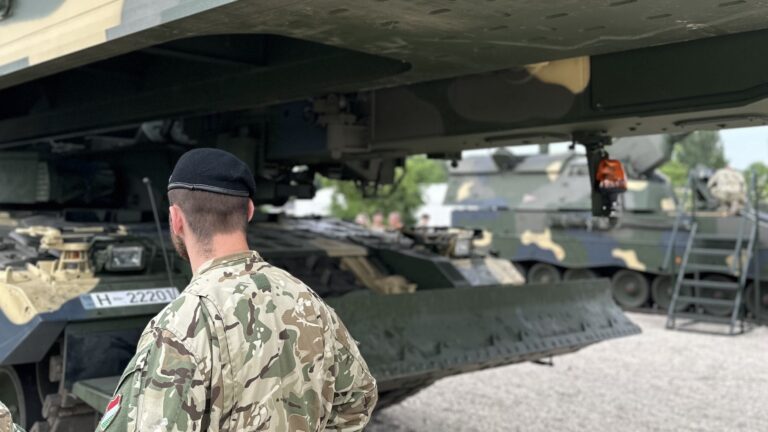Part IV: The Clothing of the Galley Slave Preachers*
The second half of the 17th century was a time of great hardships for our Protestant predecessors—it is no coincidence that Protestant church history calls the years between 1671 and 1681 the ‘decade of mourning’. With the support of Leopold I, Holy Roman Emperor, the Roman Catholic Church decided to completely eradicate Protestantism in the Kingdom of Hungary and to re-catholicize believers by any means necessary. It wanted to force all Reformed and Lutheran ministers and teachers to convert, and, if they refused, sent them into exile after having them convicted in show trials.
Those who remained faithful to their religious denominations were sentenced to imprisonment and then to galley slavery.
Many sources survived from the period of persecution—several Dutch, German, English, and Latin publications tell the story of the events. Surviving Hungarian Reformed and Lutheran ministers and teachers have written memoirs about their ordeal and even tried to record their terrible suffering in drawings about their ‘Via Dolorosa’, which led from Pressburg (today’s Bratislava, Slovakia) or Nagyszombat (today’s Trnava, Slovakia) to the galleys of Naples.
These written sources also provide valuable information about the clothing of the persecuted Protestant preachers. In 1674, Bálint Kocsi Csergő, a teacher from Pápa, was summoned to the Pressburg Court and then sold as a galley slave. In 1676, after his release, he wrote a book in Latin entitled A Short Narrative on the Suppression of the Freedom of the Ecclesiae in Hungary, which was translated into Hungarian by Péter Bod in 1738 and published under the title The Siege of the House Founded upon a Rock. Kocsi Csergő mentions that on 29 May 1674, twenty preachers were transported in carts from the Pressburg prison to Sárvár and Kapuvár, as well as to Eberhard in Pressburg County. Some of the preachers were even stripped of their outerwear. According to his description, on 8 July, in the Sárvár prison, others were also stripped of their ‘fox togas’, which suggests that the pastors and teachers wore long, fox-skin garments during the colder months.
Bálint Kocsi Csergő wrote that in Trieste on 21 March 1675, Austrian officers, ‘under the pretext that they were looking for verbena (Editor’s note: a flower belonging to the Verbena family, a medicinal plant which, according to folklore, opens all locks and padlocks), with which the harness could be opened, they stripped off all the robes; they diligently searched for the verbena in purses, in every fold of the robes; but they only took the silver and gold money. There was not a stain, a seam on cloaks, blankets, shirts, footwear, boots, in which, when they were untied for the verbena that opened the harness, they did not look for the silver money.’**
In 1976, the 300th anniversary of the release of the galley slave preachers was celebrated.
That year, a publication was issued, edited by László Makkai, professor of theology, illustrated with many pictures. There are five manuscripts and printed works in which the reader can also see pictures of the galley preachers’ clothing. In 1675, Lutheran preacher Tobias Masnicius himself illustrated their sufferings in coloured drawings. Although it is difficult to see from Masnicius’ works what the galley slave preachers really wore, an illustrated work by John Simonides from the same year, entitled Gallery of All Saints, helps to identify their garments. In another of his drawings titled The Judges of Pressburg, Roman Catholic lords and high priests are seen seated at the table. Beside them stand preachers with beards and moustaches, wearing floor-length pelisses and holding wide-brimmed flat hats in their hands. Another drawing shows them marching through Italy. The condemned Protestants are dressed in knee-length linen-like clothes, with a sandal and shackles on their legs, and carrying one of their companions covered in a sheet. Both of the artists had managed to escape en route, their works having been produced already on German soil.
György Lani, a Lutheran teacher from Korpona (Carpona in Latin, today Krupina in Slovakia), also managed to run away from galley slavery on the road—his work titled Papist Captivity was published in 1676. The title page of his booklet is decorated with a copper engraving, showing a soldier on horseback driving preachers/teachers in a Lutheran robe, wearing a Spanish-collar style, broad-brimmed hat. To the right are Reformed pastors walking in long pelisses with tall Kuruc or Cuman-like headgear. In Lani’s drawing, the preachers’ feet are also chained together. István Séllyei, Reformed pastor of Pápa, bishop of Transdanubia, and István Harsányi Móricz, minister of Rimaszombat (today Rimavská Sobota, Slovakia) settled in Zurich shortly after their release, together with eleven of his companions. It was there that Swiss painter Conrad Meyer painted portraits of both of them. Séllyei and Harsányi are seen together in the oil painting: they are wearing long beards, moustaches, a thick black cloak, and a gown, from under which only the cuff of their white shirts can be seen. They wear a tonsure, or a skull cap, on their heads and hold the Bible in their hands.
*This article was largely based on Béla Takács’s book titled A magyar református lelkészek öltözete (The Garments of Hungarian Reformed Church Pastors), Hernád kiadó, Debrecen, 2004.
**This and all other passages in the article were translated by Hungarian Conservative.
Read Part I, Part II, and Part III:








